Journey of Faith: The Romeiros Pilgrimage in Sao Miguel, Azores
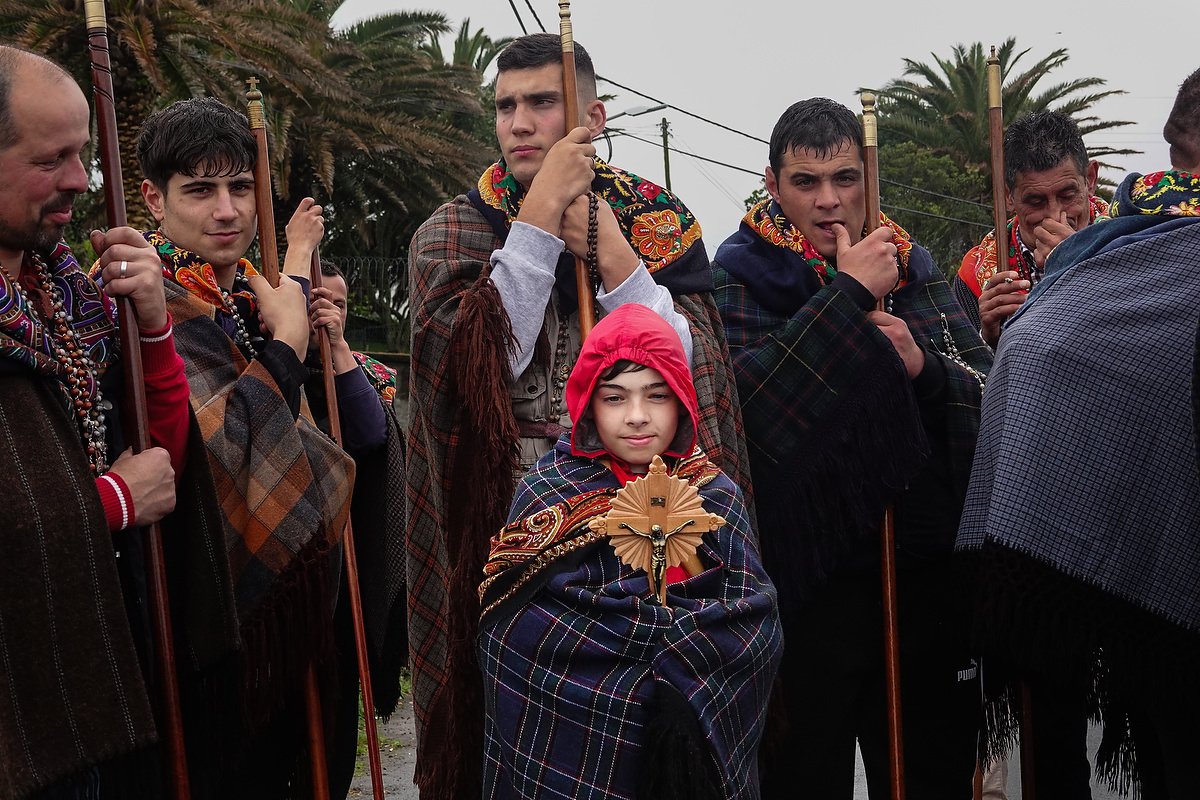


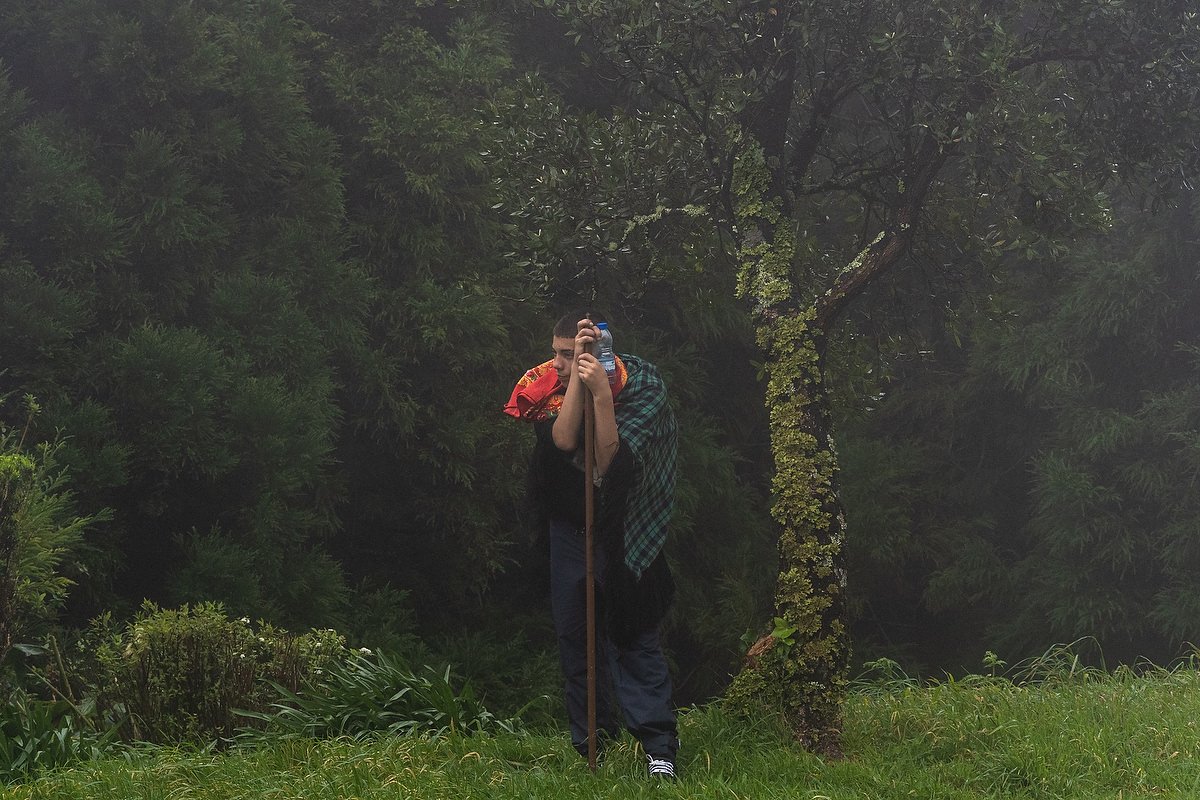

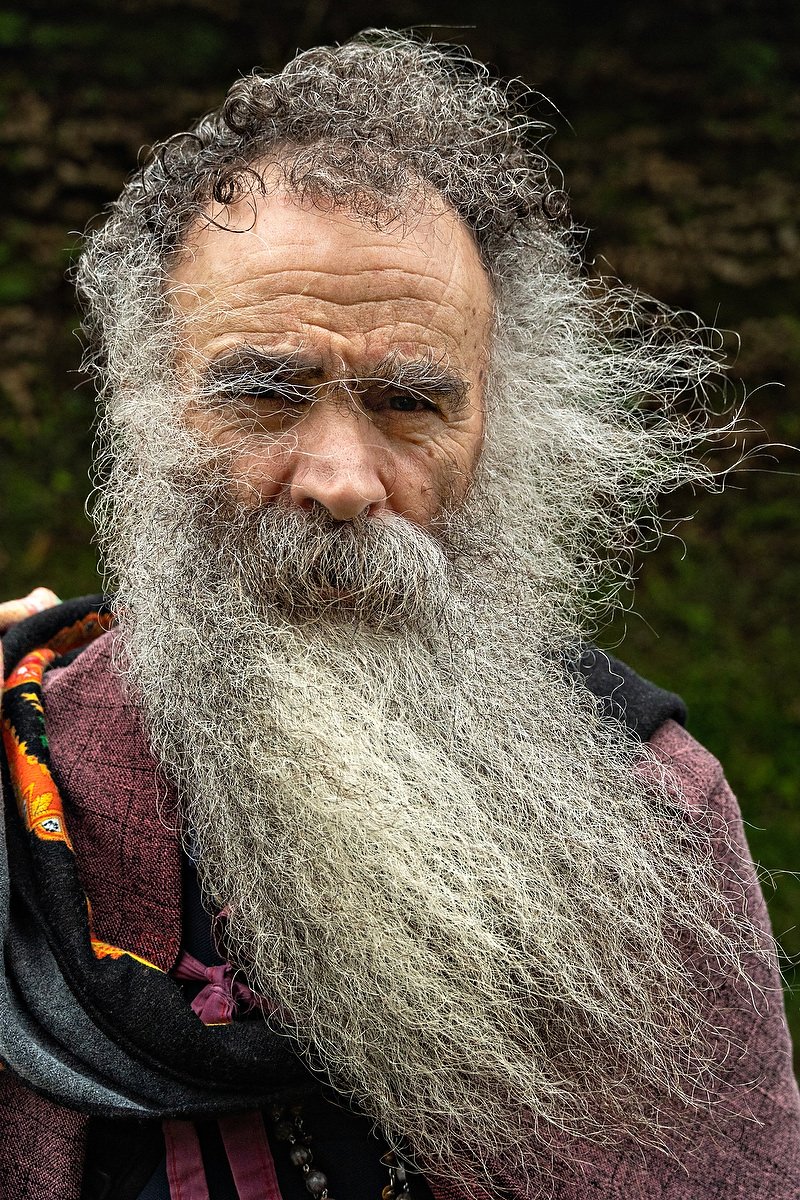
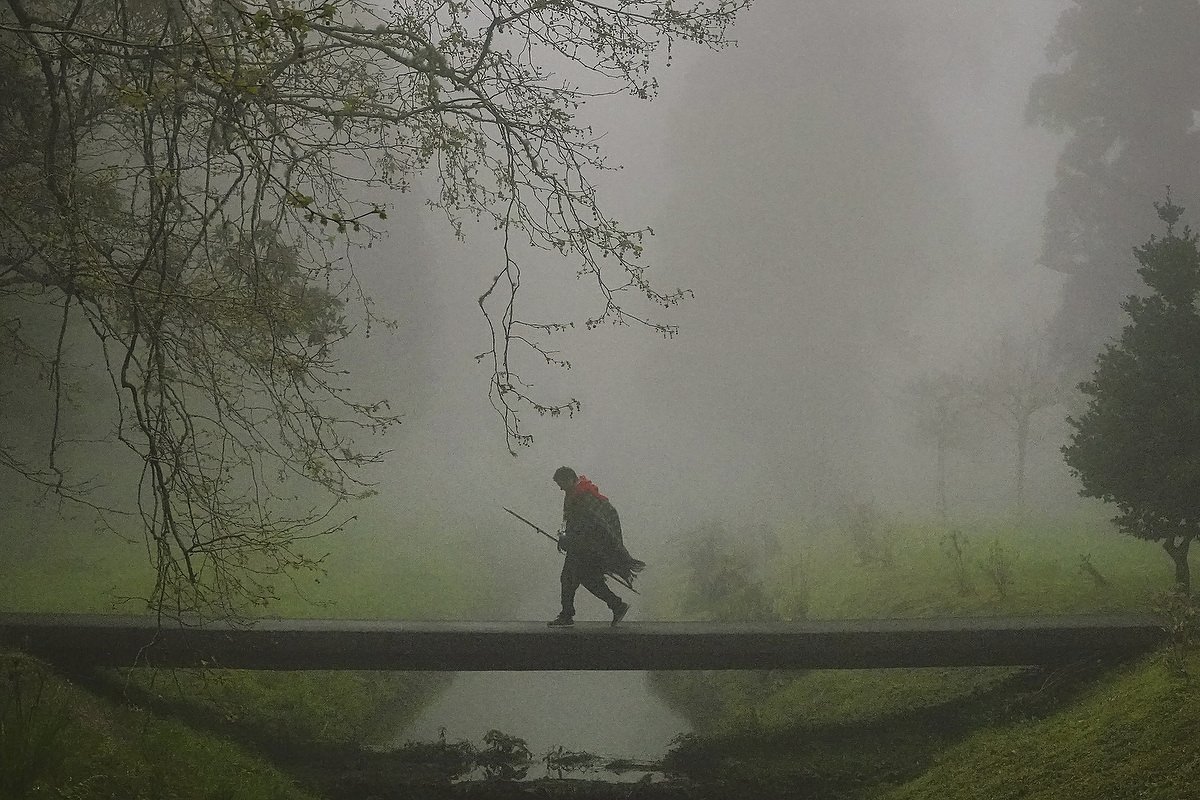

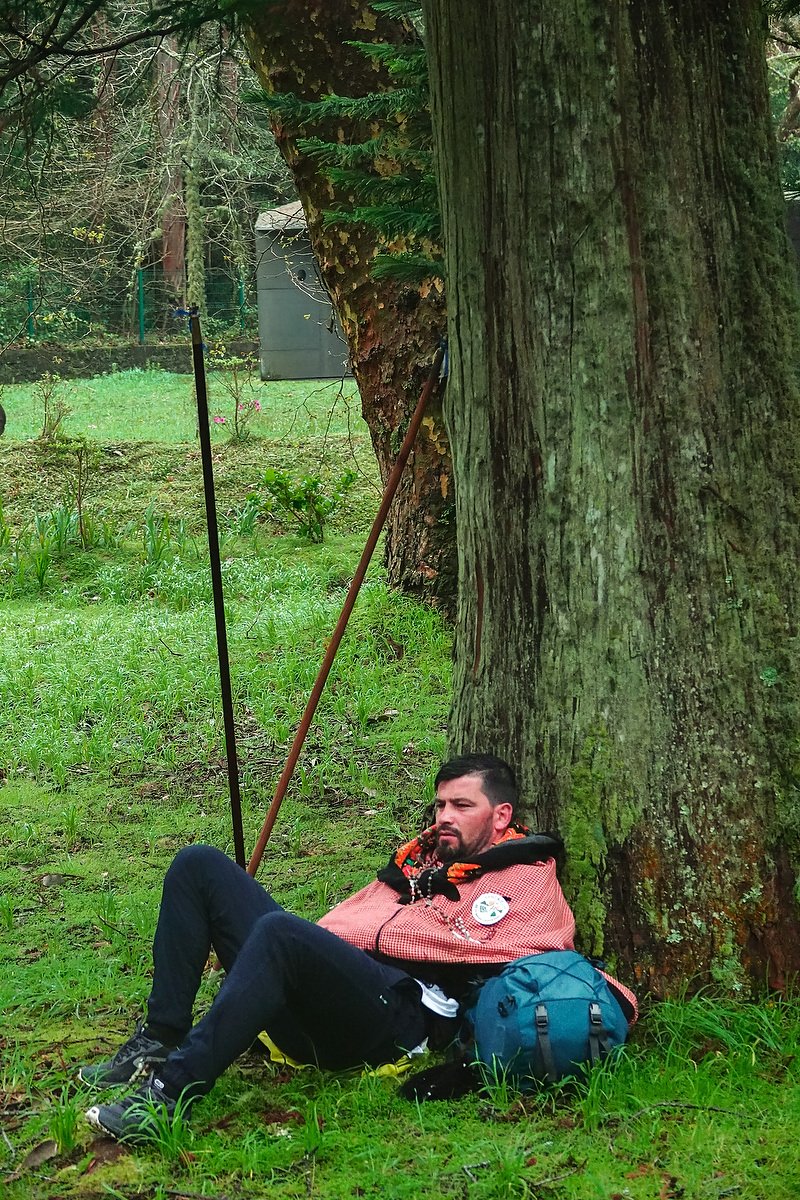
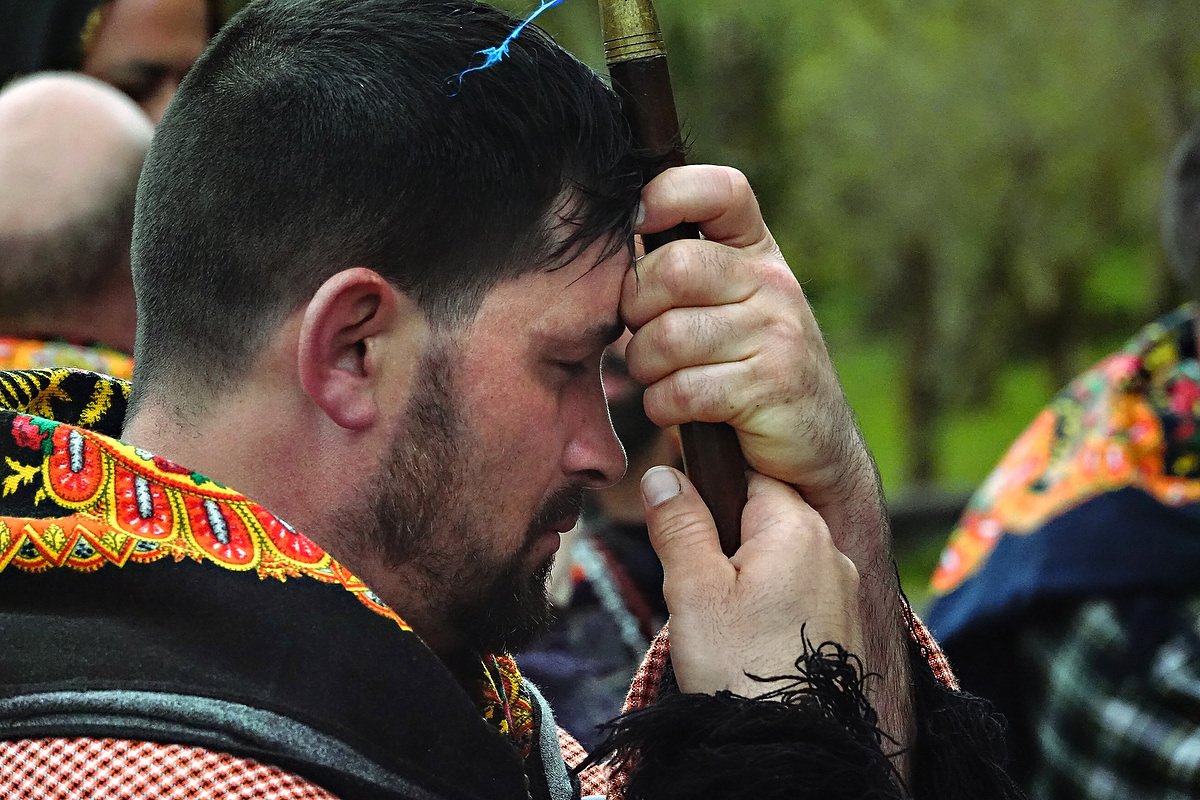
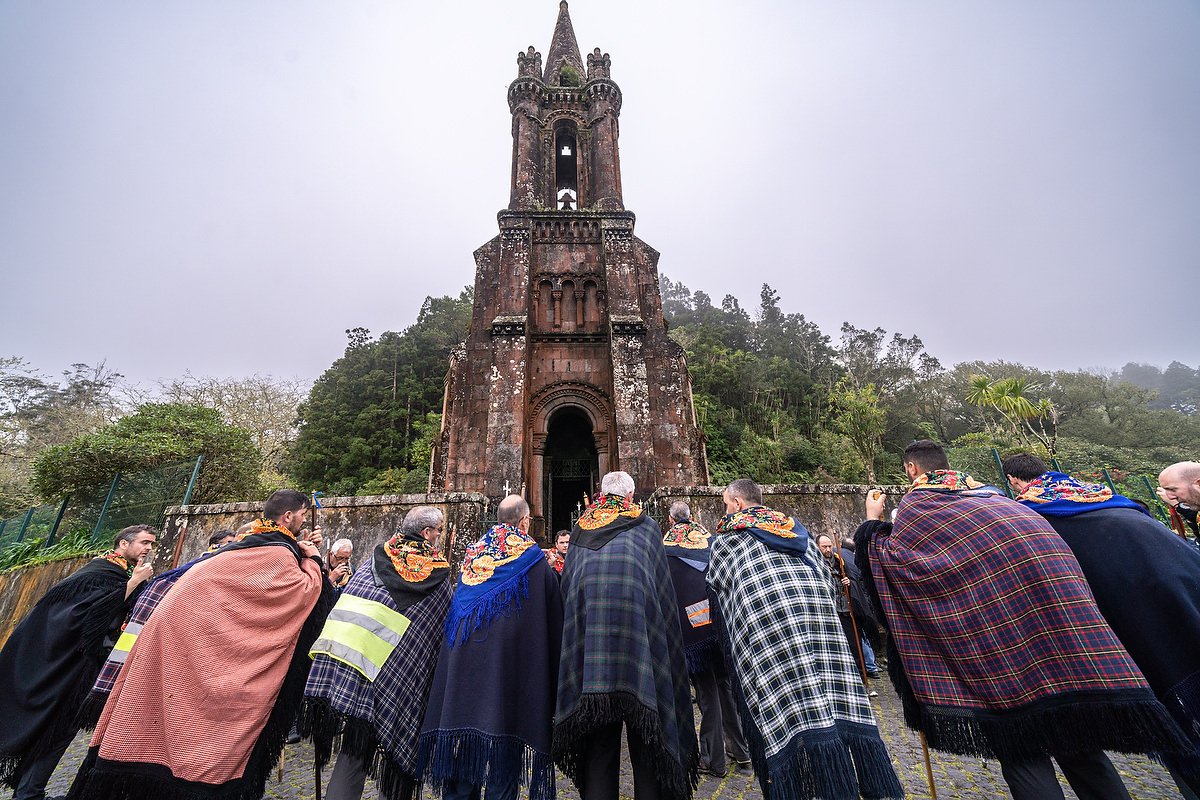


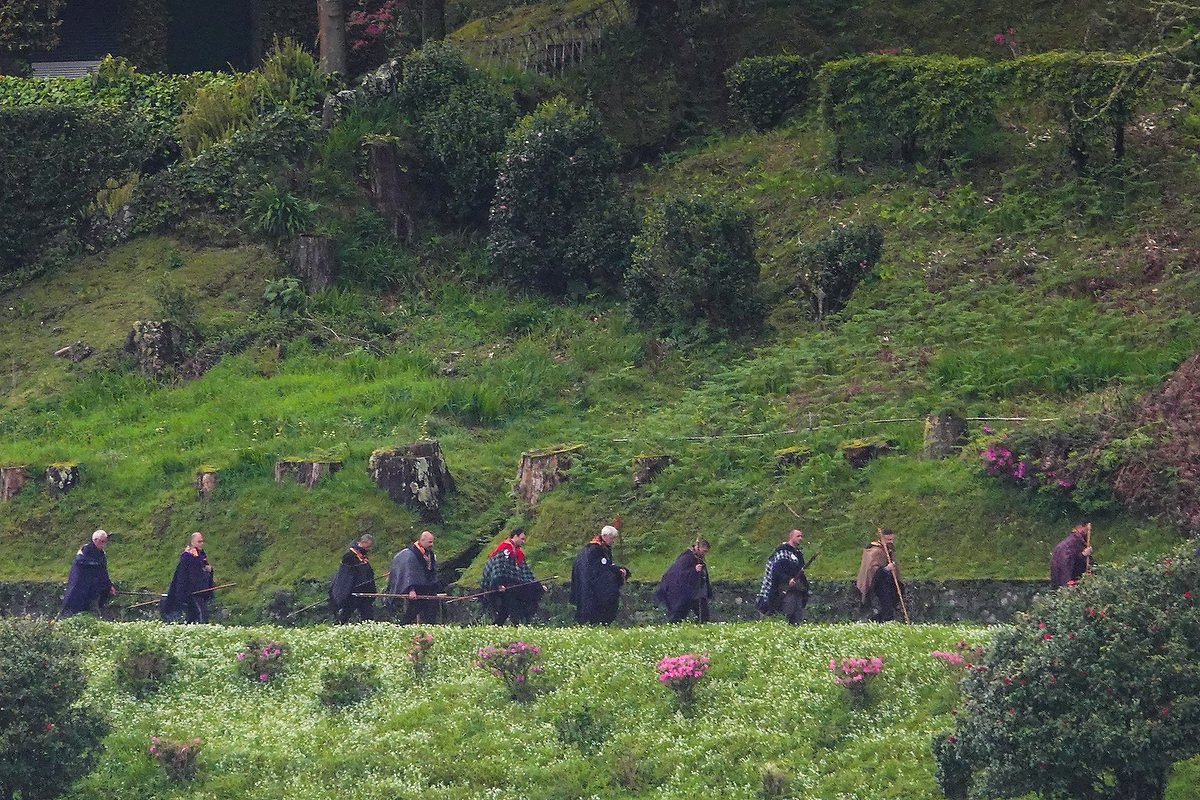
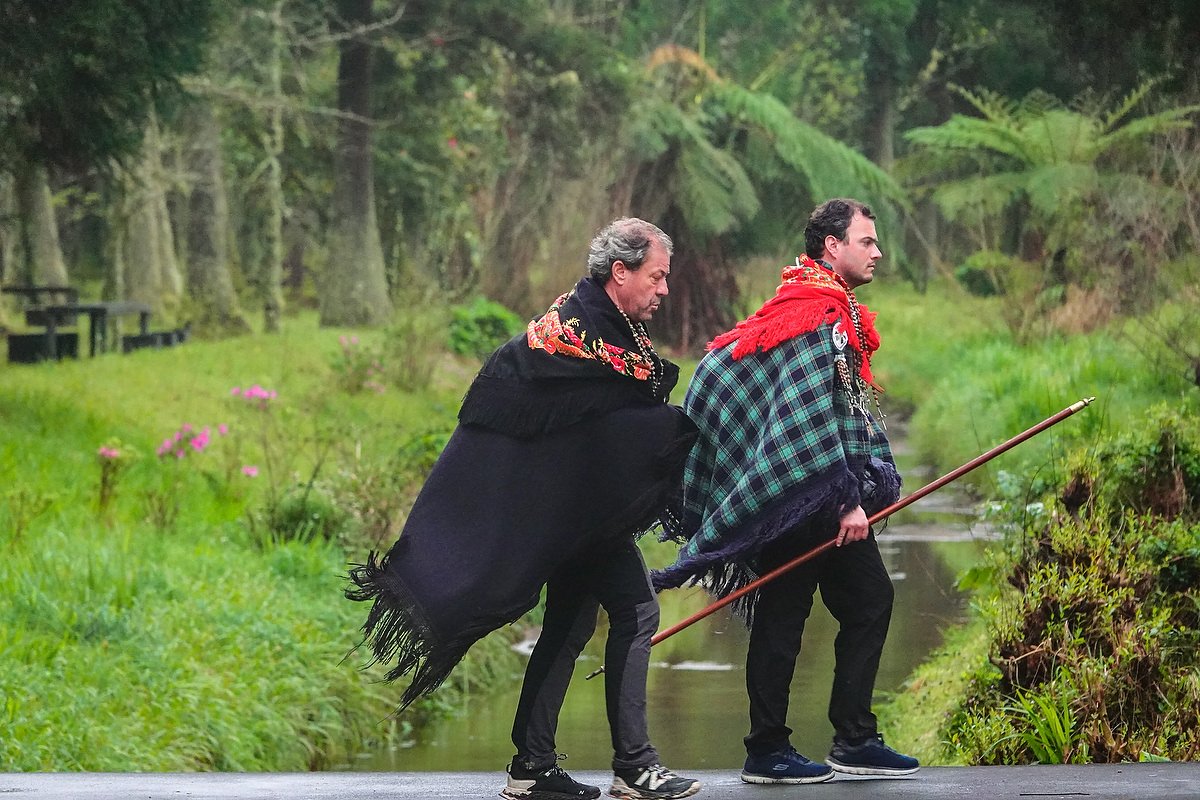
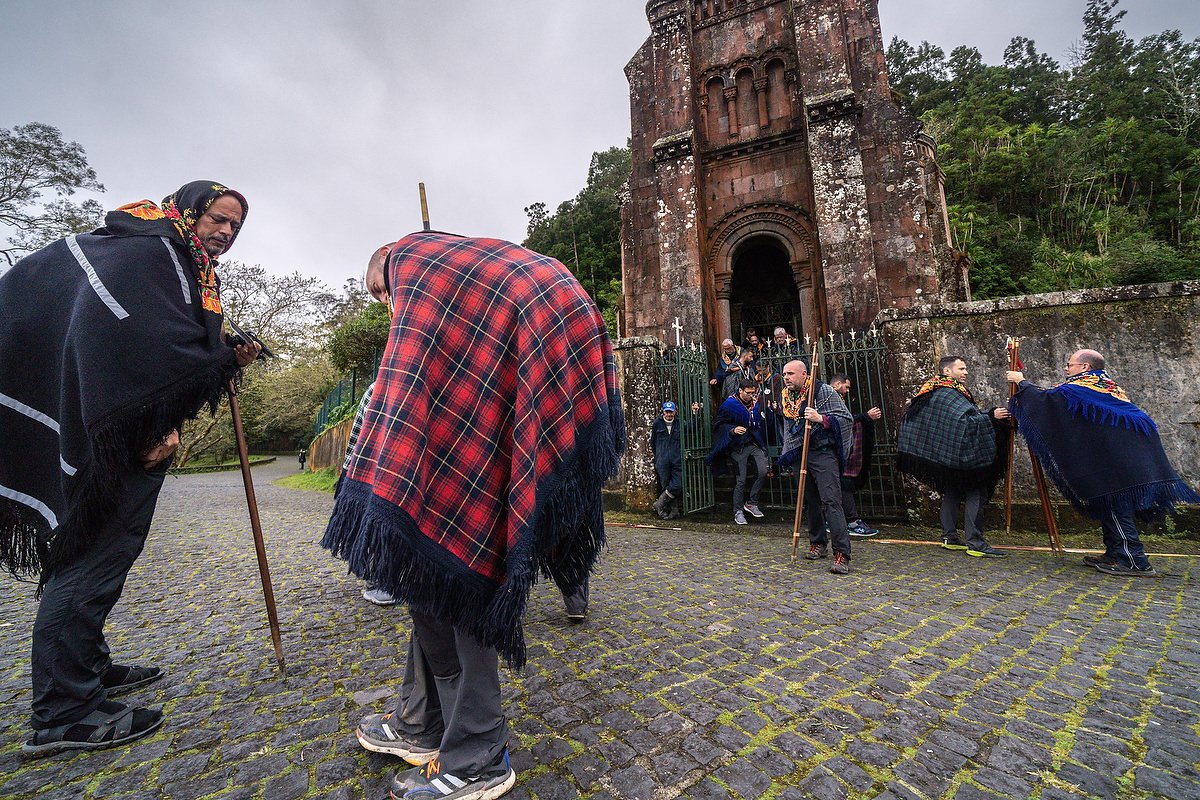
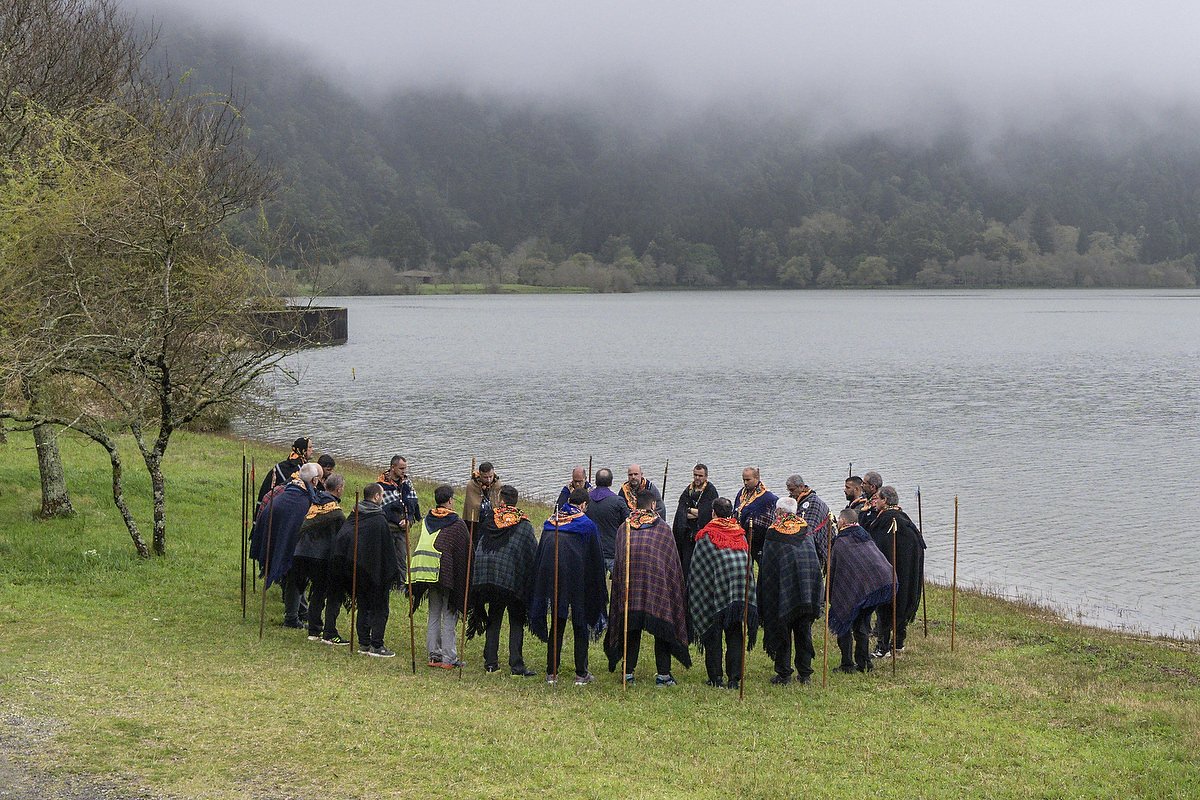
High in the Atlantic Ocean, in the midst of the Azores archipelago, lies the stunning island of Sao Miguel. Known for its dramatic landscapes of lush greenery, volcanic craters, and azure lakes, this remote island is also home to a unique and deeply spiritual tradition that has been passed down for generations - the Romeiros pilgrimage.
The Romeiros pilgrimage is a remarkable display of devotion and faith, drawing thousands of pilgrims from across the island and beyond. Every year, during the season of Lent, devout men, women, and children embark on a journey of faith, traversing the rugged terrain of Sao Miguel to pay homage to their patron saints, seeking their intercession for blessings, and giving thanks for answered prayers.
The origins of the Romeiros pilgrimage can be traced back to the 16th century when the 1522 Vila Franca earthquake destroyed the provincial capital of the island of Sao Miguel killing thousands and triggering landslides and a tsunami. The islanders, seeking solace and protection from their hardships, turned to their Catholic faith, and embarked on a pilgrimage to honor the Holy Spirit, believing that their intercession could bring about miracles and blessings. Over the years, the Romeiros pilgrimage has become a cherished tradition that is deeply ingrained in the culture and fabric of Sao Miguel.
As the season of Lent approaches, the anticipation among the people of Sao Miguel is palpable. The pilgrimage is meticulously planned, and preparations begin weeks in advance. The pilgrims, known as Romeiros, come from all walks of life - farmers, fishermen, teachers, doctors, and homemakers - united by their faith and devotion. They don traditional plaid blankets and simple wooden staffs known as the "Bordão," which is adorned with colorful ribbons, and serves as a symbol of their pilgrimage.
The Romeiros pilgrimage is not for the faint of heart. The journey is arduous, often lasting for several days, and covering long distances on foot. The rugged terrain of Sao Miguel, with its steep hills, dense forests, and winding paths, presents both physical and mental challenges. The weather can be unpredictable, with rain, fog, and wind adding to the difficulties of the pilgrimage. However, the Romeiros are undeterred, driven by their unwavering faith and determination.
One of the most striking aspects of the Romeiros pilgrimage is the sense of community and solidarity among the pilgrims. The Romeiros do not walk alone, but in groups led by a "Mordomo," who is responsible for the spiritual guidance of the group. The Mordomo is chosen based on their piety and devotion and carries a heavy responsibility of leading the group in prayers, songs, and maintaining the solemnity and reverence of the pilgrimage. The Romeiros offer each other support, encouragement, and camaraderie, creating a unique bond that transcends age, gender, and social status.
The pilgrimage is not limited to the Romeiros alone, but also involves the local communities along the route. The people of Sao Miguel eagerly await the arrival of the Romeiros, opening their homes, churches, and hearts to provide them with food, shelter, and hospitality. The local residents, regardless of their religious beliefs, participate in the pilgrimage, offering support and joining in the prayers and songs. This sense of communal involvement highlights the significance of the Romeiros pilgrimage as a unifying force that brings people together in faith and fellowship.
One of the most unique aspects of the Romeiros pilgrimage is the music that accompanies the pilgrims on their journey. The Romeiros sing traditional songs, known as cantigas, that have been passed down through generations of Azorean families. These songs tell stories of faith, devotion, and the struggles of daily life, and they serve as a powerful reminder of the cultural heritage of the Azores.
But the Romeiros pilgrimage is also a reminder of the rich cultural heritage of the Azores. The cantigas that the pilgrims sing are a living link to the traditions of generations past, and the many churches and chapels on the island offer a glimpse into the history and architecture of this remarkable region.
For visitors to the Azores, the Romeiros pilgrimage offers a unique opportunity to experience the rich traditions and culture of this remarkable region. Whether you are a person of faith or simply interested in the history and culture of the Azores, the Romeiros pilgrimage is a journey that you will never forget.
The Romeiros pilgrimage is not just a physical journey, but also a profound spiritual experience. The pilgrims walk in silence, deep in contemplation, as they reflect on their lives, seek forgiveness, and offer thanks. The pilgrimage is seen as an opportunity for repentance, and renewal.
